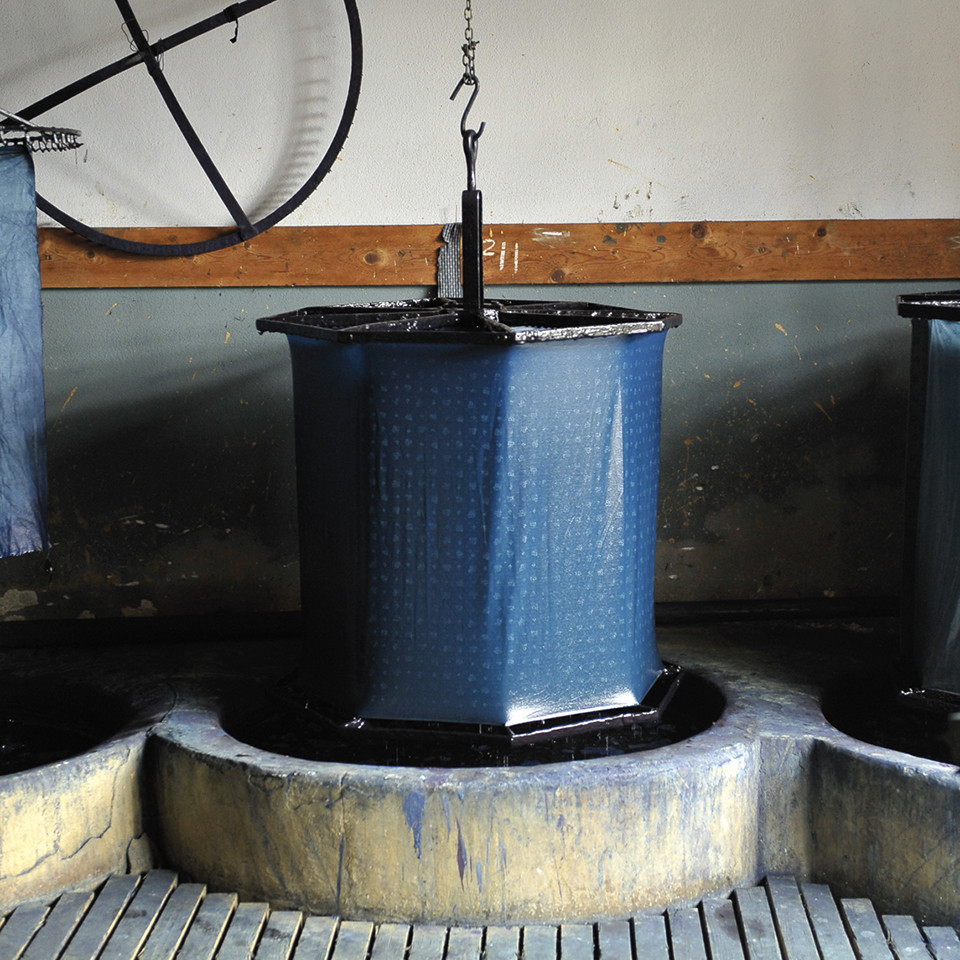
Travel
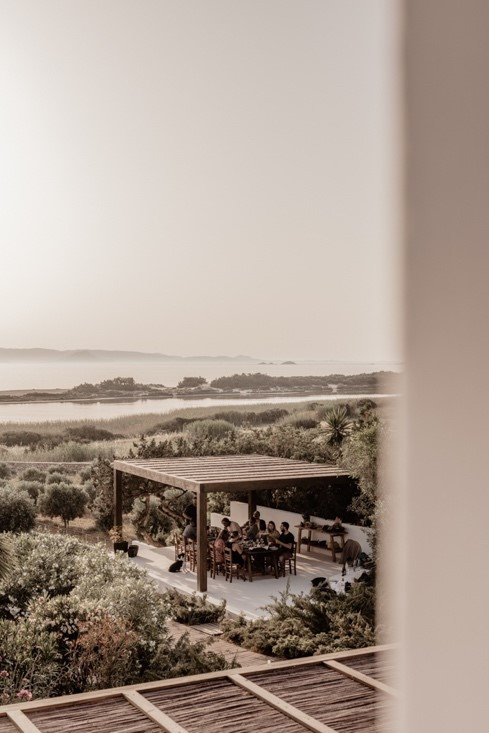
anize & ouzo, Naxos
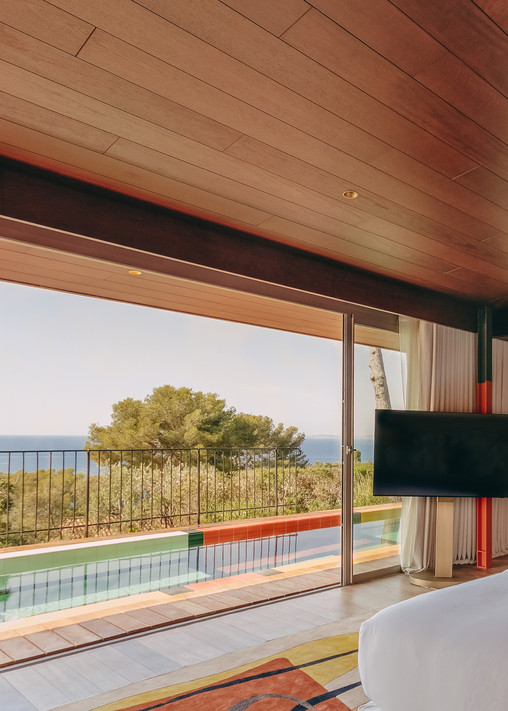
Lily of the Valley, South of France
Text by Mirjana Bernstorf
Dear early-birds, here’s an invitation to turn over, pull up the duvet and doze just a little longer. We present the perfect shortlist of hotels that offer a great night’s sleep as well as snug corners to relax and dream the day away – because the best thing about being on holiday is not having to set an alarm clock. So stretch out, enjoy the view and call room service for breakfast. Let’s stay in bed!

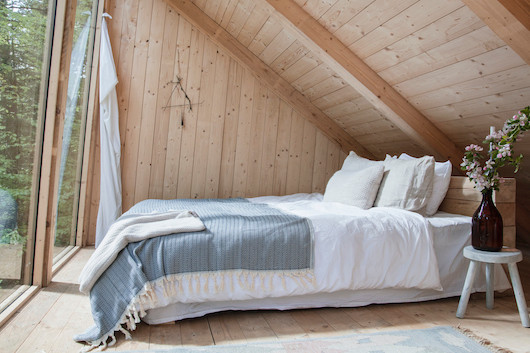


Stedsans, Sweden

Foundation CAB, South of France

Tielrode, Belgium. Photo: Franziska Krieck
Text by Mirjana Bernstorf
Have you ever slept in an art collection? Anyone who feels the need for creative input rather than a minimalist setting over the course of their next holiday can book themselves into a collection or directly into accommodation complete with creative workshops. More and more people desire individual experiences and culture far away from mainstream package tours. Platforms such as Airbnb don’t simply offer individual apartments, but also the option of sleeping overnight in art collections, recording studios or creative workshops. The urge for new experiences and an enhanced desire for a change of perspective has increased due to the pandemic – and taking our mind off things can be the best way to unwind! So why not stay overnight in an artist’s studio or book yourself into an old shipyard with a contemporary art collection? Far off the well-trodden tourist paths, travellers interested in creative input may instead land in rural countryside or discover new landscapes that won’t be found in any guidebook. Modern luxury consists of truthful encounters and places that help you break out of your comfort zone and become creative.



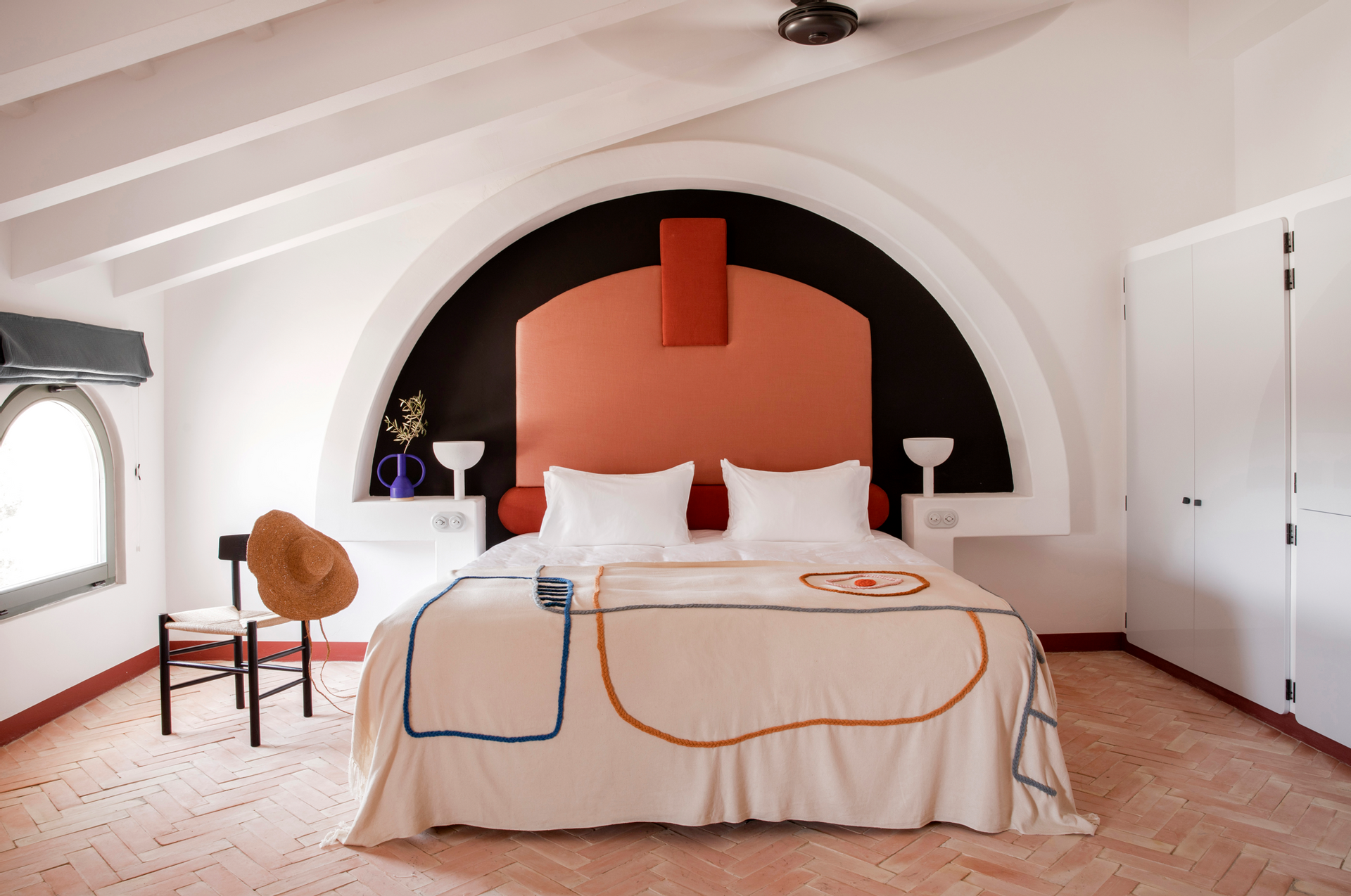
Menorca Experimental. Photo: Karel Balas
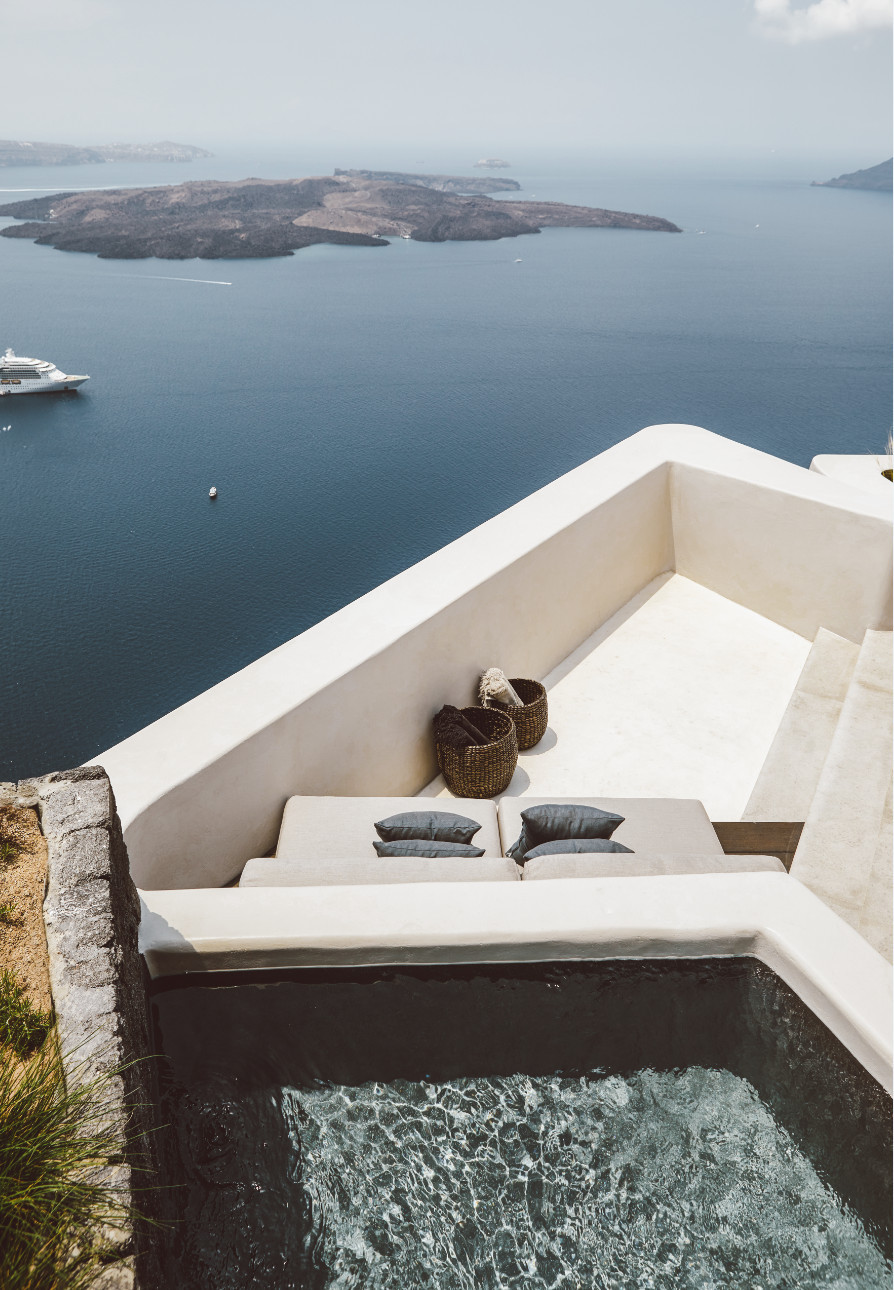
Vora, Santorini © Design Hotels™
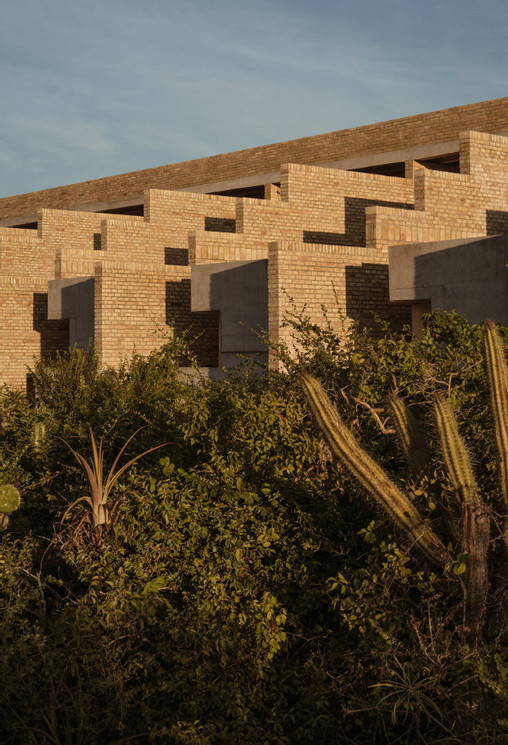
Terrestre, Mexico © Design Hotels™
Text by Mirjana Bernstorf
The desire to slow down and shake off the permanent exposure to the digital world is moving more and more travellers to minimalist holiday destinations, at reduced speed. It doesn’t take much to get back to basics. A calm place with a clear layout in nature that bears as few distractions as possible. Minimalist travel is a mindset and for many people means: a minimum of digital distractions, light luggage, and sustainable means of transport. A hotel’s design and interior can have a positive influence on your inner sense of equilibrium. To this end, the individualist of today no longer needs to make a pilgrimage to an austere monastery of silence. To put the complexity of the world on hold for a few days, one finds all the amenities he or she could wish for in sparsely furnished houses.




Anders Suites, South Tyrol. Photo: Tobias Kaser
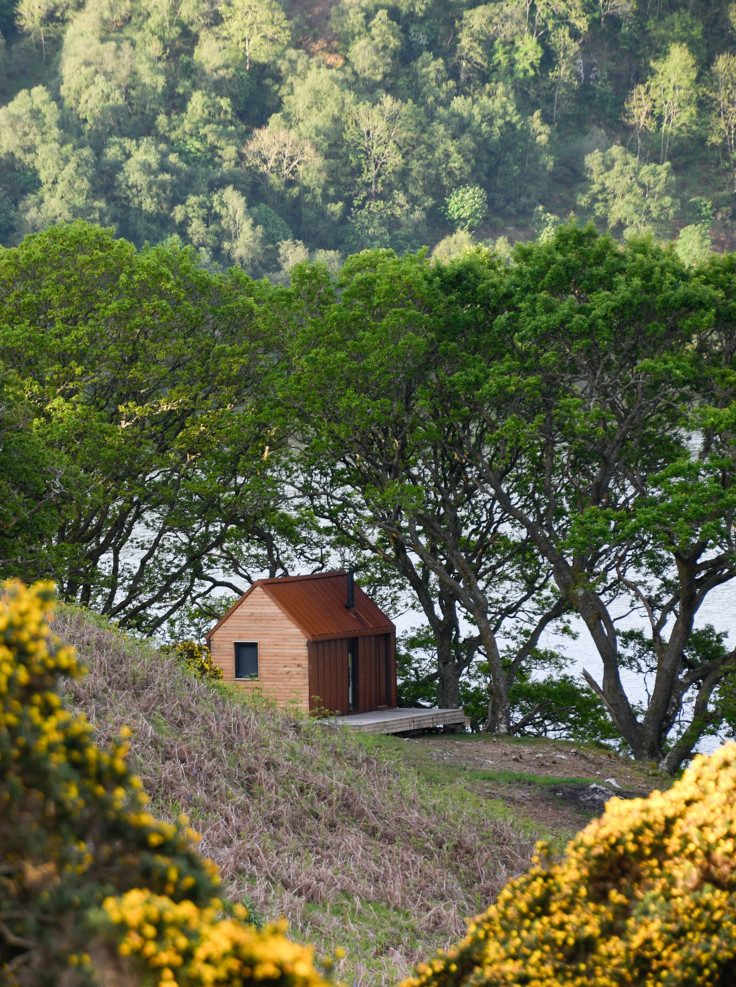
Inverlonan Bothy Experience, Scotland

Torre de Palma Wine Hotel, Portugal (Design Hotels™)
Text by Mirjana Bernstorf
It’s always worth taking an unknown route to make new discoveries. This applies to the planning of your next trip as well. We got to know three unusual lodgings and their founders: Aleksi and Milla bought a Finnish island to introduce guests to the beauty of the archipelago. Lupi built ecological cabins in the wilderness of Scotland with views over the mystical Loch Nell. Ana and Paulo took on a historical building in the Portuguese region Alentejo to grow wine and welcome guests in a boutique hotel. What they all have in common is a love for nature and an appreciation for their regions off the mainstream tourist paths.




Project Ö, Finland. Photo: Aleksi Hautamäki
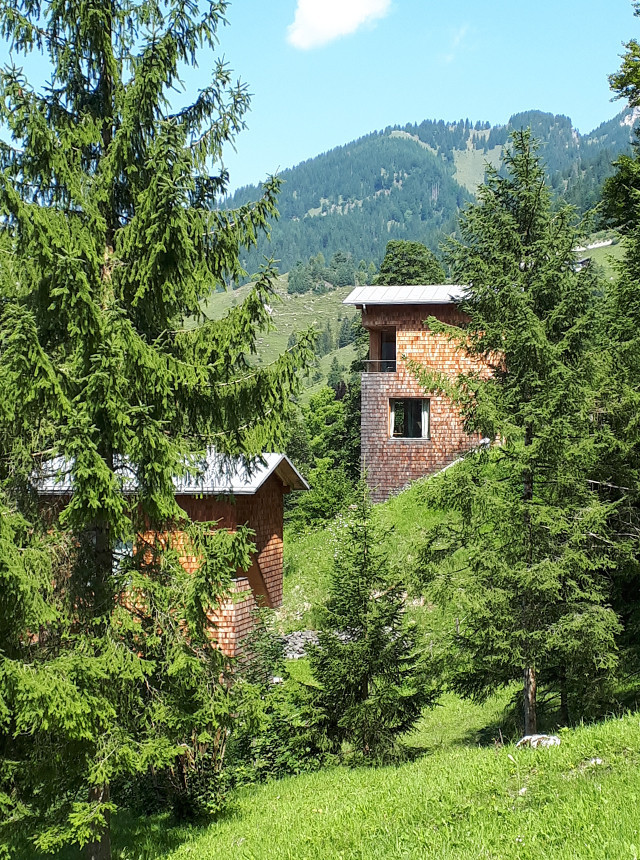
Tannerhof, Germany

Vila Planinka, Slovenia
Text by Chloe Sachdev
Europe has long captured the world’s imagination and its blockbuster destinations like France, England, and Italy need no introduction. But lately, we’ve been looking to the other side of Europe. The lighter side. The Europe with a green heart, leading the way in low-impact tourism. The beautiful, almost fantasy lands, where lush landscapes, clean fresh air and local traditions are the main attractions. From Slovenia to Scandinavia and our home country, Germany, we’re breathing in this new way of travel as a force for good.



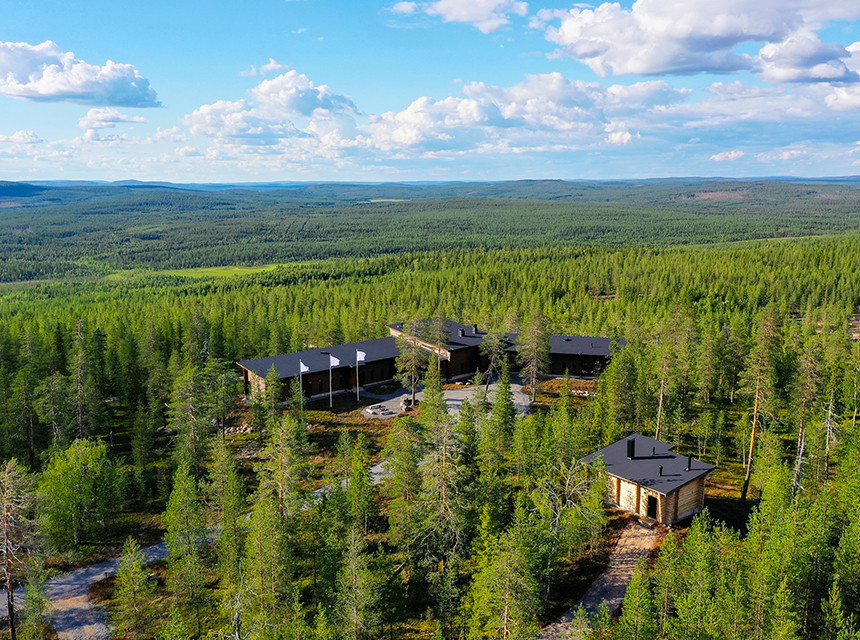
Octola Private Wilderness, Finland
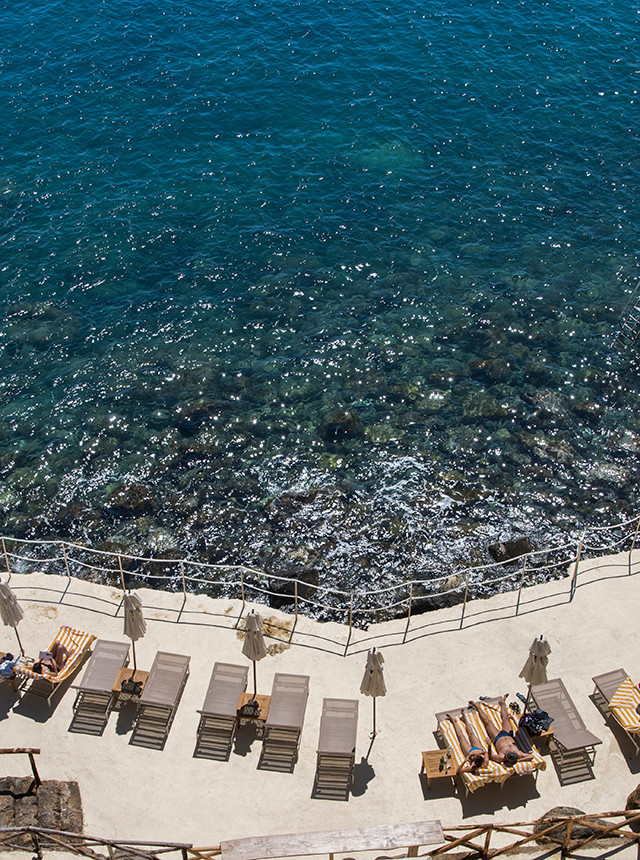
Pellicano Hotel, Tuscany
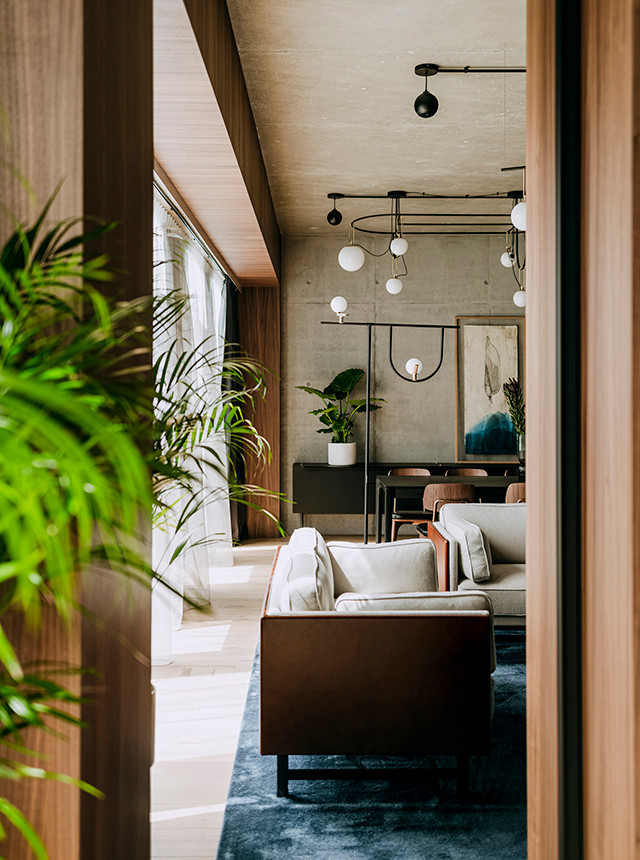
Nobu Hotel, Warsaw
Text by Mirjana Bernstorf
Welcome to our battle of the holiday hotspots! We’re pitching classic European holiday destinations like Saint-Tropez, Tuscany and Mallorca against new, upstart places. Warsaw, Athens or Vilnius have heaps of architectural and design hotel highlights to tempt the discerning traveller. We can reveal this much: Europe’s coasts and cities have an incredible choice of exciting restaurants and brilliant hotels in all categories. This may be the perfect moment to (re)discover new and old favourite spots.



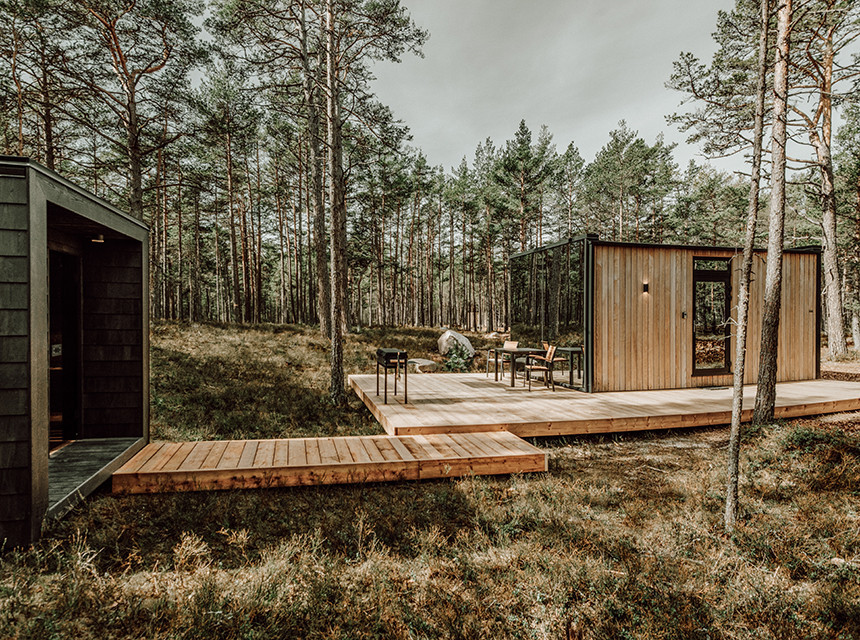
ÖÖD Hotels, Estonia
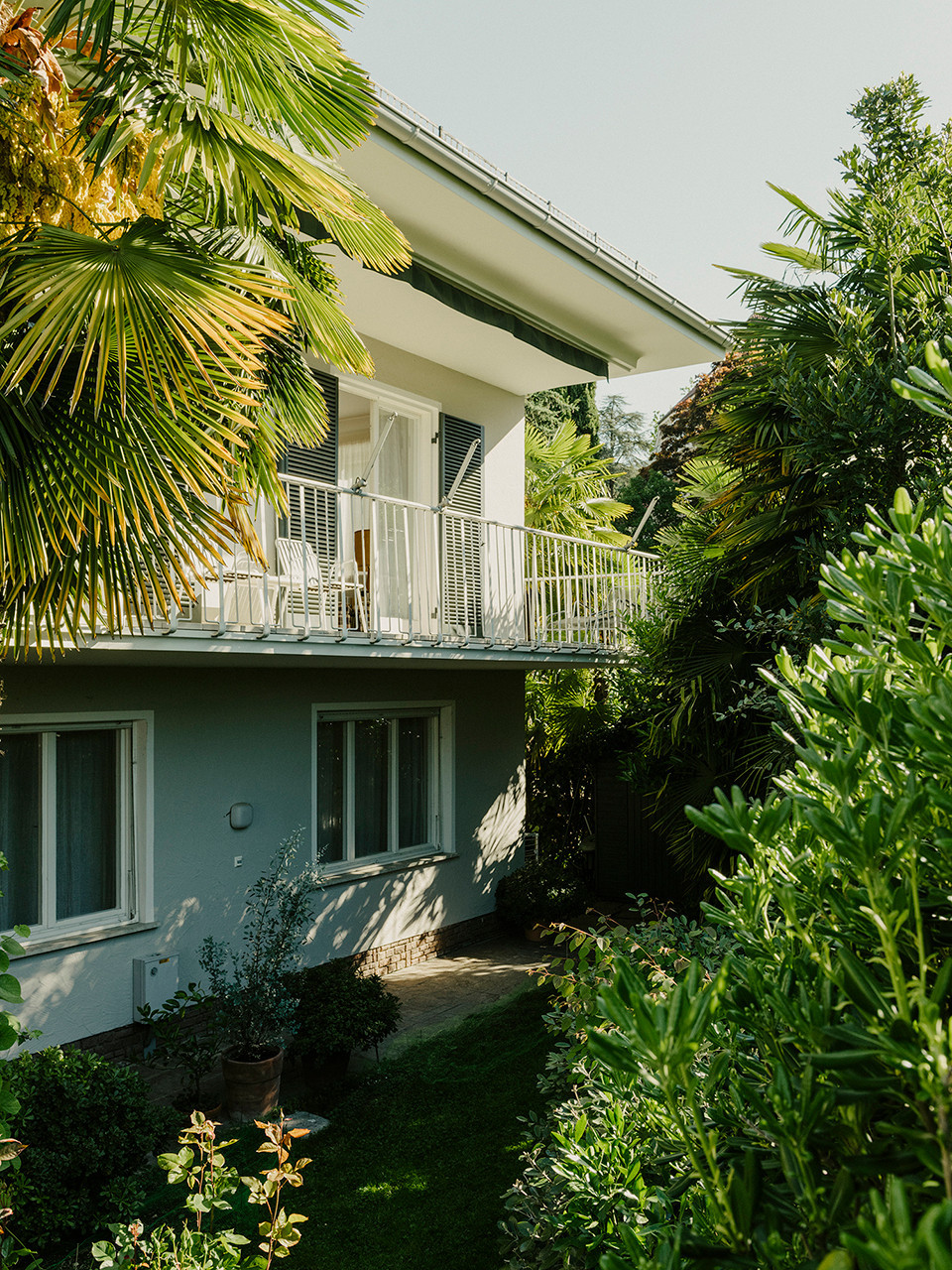
Villa Fluggi, Meran

Hotel Frantz, Stockholm
Text by Mirjana Bernstorf
There are hotels that sear themselves into our minds and leave an indelible mark. That first kiss in the lift of Hotel Amour, those walks along the beach at Saint-Briac-sur-Mer or the lavish bed at Il Palazzo Experimental in Venice. Whether you’ve just fallen in love, are travelling with your best friends or are enjoying some me time as a single – hotels can provide a very special stage. Some hotels will be the setting for legendary nights, while others may be a location for a blazing row – and a passionate reconciliation. We pick six exceptional hotels that are perfect for all types of love and lovers. More amore included!




Hotel Amour, Paris

Casa na Terra, Portugal, Image by Nelson Garrido

The Arctic Hideaway, Norway, Image by Kathrine Sørgård
Text by Mirjana Bernstorf
We set off in search of special places around the world with unique architecture and interiors that open up new perspectives and views of the surrounding landscapes or which can even change your mindset. Join us on a whirlwind trip to see a wonderful hotel village in Norway, where the gaze is cleverly directed to won-derful views over Arctic islands. Or a hybrid concept in Brazil that promises to channel the gaze in the other direction, inside for complete mindfulness. As Martin Gruber, the architect of the Freiform guesthouse in Italy says: “It doesn’t take much to be happy. Just the courage to do it.”

Sacromonte, Uruguay, Image by Tali Kimelman

Transylvania, Romania, Image by Philip Vile

Eco Hotel Can Martí, Ibiza
Text by Mirjana Bernstorf
A mysterious rocky island, 13 chattering geese in ancient cloisters, a tarot garden and mystical tales of Icelandic elves. We set off in search of magical places and unusual places to stay – and discover places that glow with a special energy. Eyes open and senses at the ready! The world is full of magical places – and you don’t even have to go to the ends of the earth to find them. Join us as we add some magical moments to our lives…

Kleif Farm, Island

Mèlisses, Andros/Greece

Østergro Organic Farming, Copenhagen
Text by Mirjana Bernstorf
Learning something new can be an incredibly joyful experience. Particularly after months of bingeing on Netflix interspersed with long lockdown walks along the same trails. How about something truly unexpected and new? Like dyeing with indigo in Gothenburg, weeding a rooftop bed in Copenhagen or collecting wild herbs on a Greek island? The prospect of these workshops in these special places and broadening our horizons with creative experiences fills us with a thrill of anticipation. Most people would agree that if lockdown has had one effect, it’s a longing for authentic encounters and the opportunity to make something with their own hands – as a respite from the digital world. The pandemic has really made digitalisation take off, with the benefits including online tutorials on all kinds of subjects, from digital wine tasting sessions to online book clubs and meditation and yoga workshops. But despite the wealth of inspiring content, staring at a screen can get tiring. That’s why we cast out our nets and found some real-life suggestions for learning something new once lockdown ends. We’re not talking about upskilling to make you even more efficient at work, but about developing your mind and your senses. Perhaps there’s a new hobby waiting for you out there!

Kleif Farm, Island
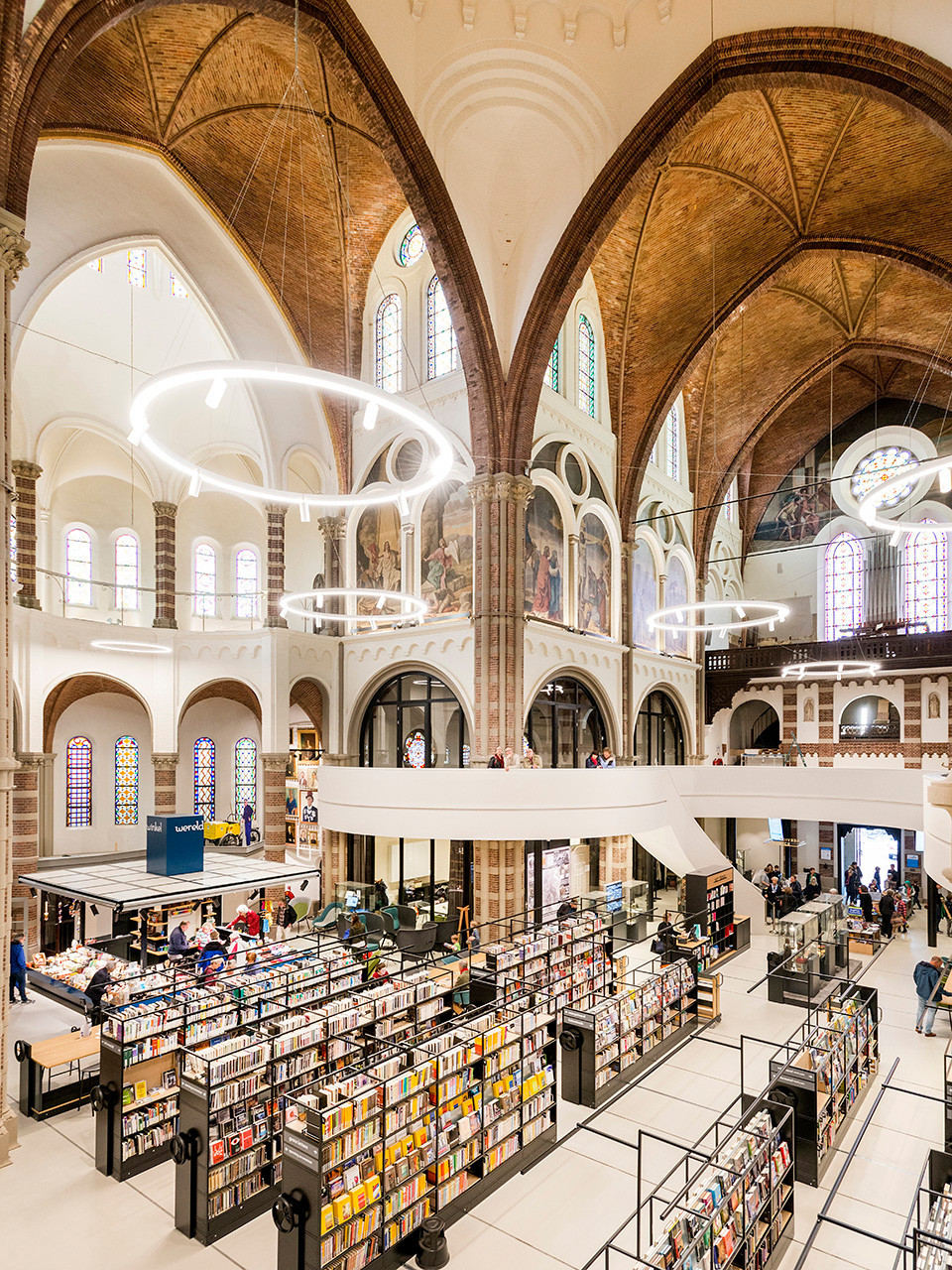
De Petrus Library, Vught

Fontevraud Hotel, Image by N. Matheus
Text by Jasmin Pearson-Behr
Whether it be a former church or monastery, combining the very unique and distinct architecture of historic buildings with contemporary design creates something very special and inimitable. Have a look at our selection of hotels, restaurants and even a climbing centre that are all housed in beautifully restored buildings, giving them new life and new meaning.

The Jane, Antwerp
Past Stories
Copy



